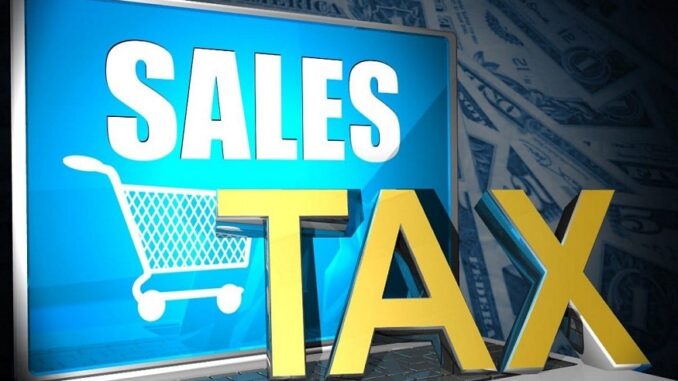
Governments regardless of the administration level can levy sales taxes on products and services. Tax collection is done by the retailers everytime you go out to make a purchase. These retailers then become responsible to remit the tax to the government. Currently, 45 states levy sales taxes, with some counties and towns imposing their own as San Francisco sales tax. No state has mastered the art of the sales tax like California.
California towns levy various sales tax rates, per the California Department of Tax and Fee Administration (CDTFA), which manages tax and fee collection. So, how much should you anticipate to pay, and where exactly does all that money go?
Sales Tax in California
With a minimum sales tax of 7.25%, however, it only partially benefits the state. California’s genuine state sales tax is 6%. The state then levies an additional 1.25% sales tax to cover county and city funds. You’ll pay at least 7.25% in sales tax in California.
However, if you purchase in California, you will pay an even greater rate. Individual counties and towns charge a sales tax in addition to the state’s minimum sales tax. Only approximately a fourth of California’s cities impose a 7.25% sales tax.
Take, for example, Los Angeles, which has 9.5% sales tax. A few cities in the county have their sales tax exceptionally high. So, if you shop for something in downtown Los Angeles, you’ll have to pay 9.5% in sales tax. If you drive twenty-five minutes in traffic to Culver City to buy something, you’ll pay 10.25% in sales tax.
How is the tax money regulated?
From 7.25% of the tax collected by all the cities, only 6% returned to the state. The remaining 1.25% is allocated to county finances.
The state’s 6% goes to a variety of causes. The vast bulk of that money, 3.9375%, goes to the general budget, which California’s government uses to fund itself. Another 1.0625% goes to a Local Revenue Fund established by the state in 2011. This fund’s funds are used to support public safety activities and services.
The remainder of the state sales tax revenue is divided between two funds. A Local Public Safety Fund receives 0.5% of the proceeds for local criminal justice initiatives. The remaining 0.5% goes to a Local Revenue Fund supporting health and social assistance activities.
The county levies the balance of 1.25% of the California sales tax. This tax is set on the entire state, and the proceeds are distributed to county and city officials. The 1.25% is divided between two funds. 1% is allocated to county or city administrative funds. The remaining 0.25% goes to county transportation budgets.
So, since the state sales tax in California is 7.25%, why do certain towns charge higher rates? The additional tax that a county or city earns can be used for various purposes. These levies are widely used to fund public transportation projects. Some municipalities use sales tax to support county-wide programs. For example, in October 2017, Los Angeles County raised its sales tax to collect funds to combat homelessness.
Conclusion
Most states levy a sales tax on some products and services, but California is in an arena alone. The minimal sales tax in California is 7.25%. It is the country’s highest base rate, and certain counties and localities charge even higher charges.
So, before shopping in California, research the sales tax rates in the counties and towns you intend to visit. The California Department of Tax and Fee Administration has the most up-to-date rates.

Leave a Reply
You must be logged in to post a comment.